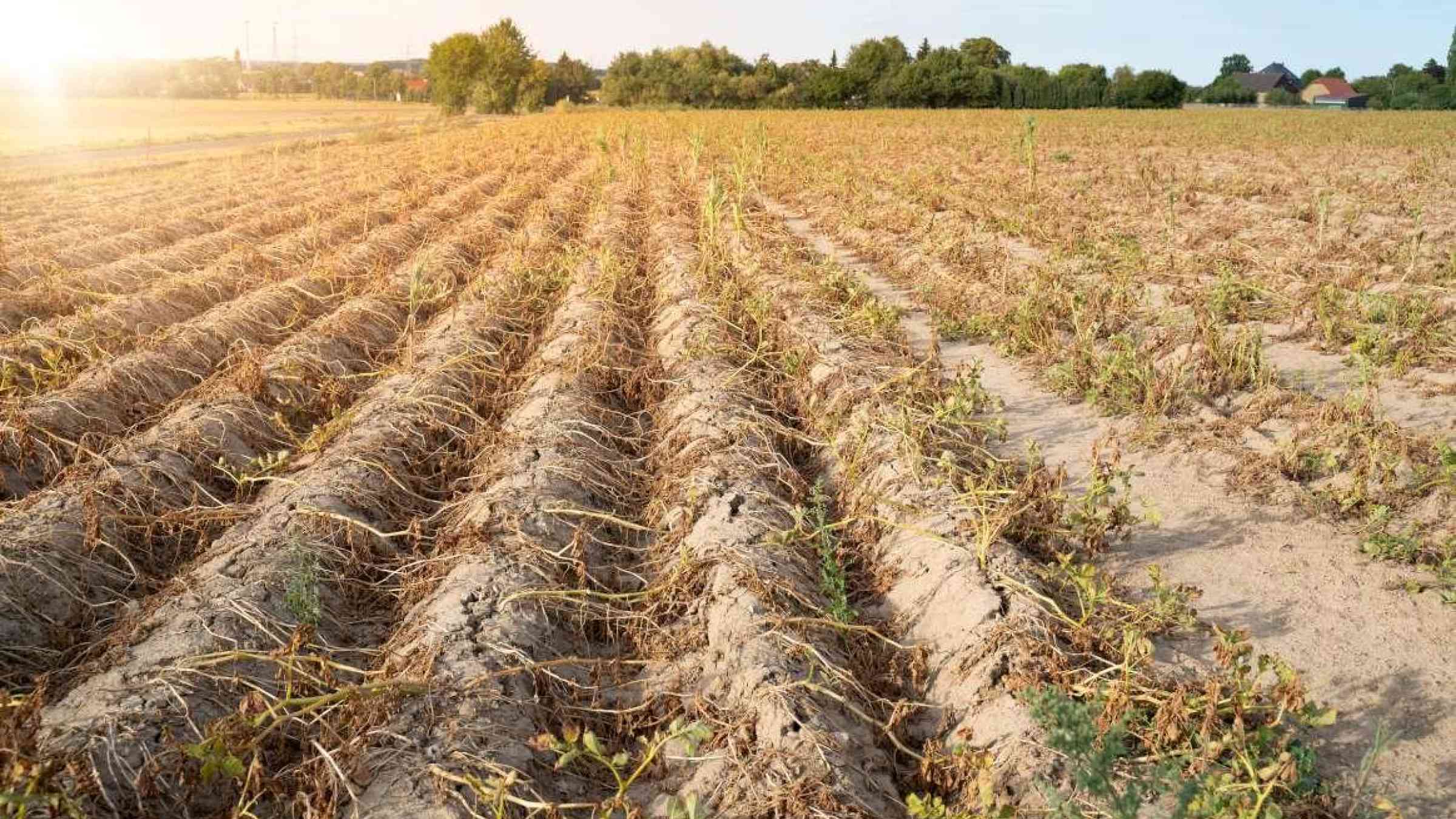Please help us improve PreventionWeb by taking this brief survey. Your input will allow us to better serve the needs of the DRR community.
Climate change: Frequency of extreme droughts across Europe predicted to rise

Drought-affected cropland areas across Central Europe will nearly double, including more than 40 million hectares of cultivated land. Shutterstock.com
By Vittal Hari, Oldrich Rakovec, Yannis Markonis et al.
The frequency of record-breaking two-year droughts is expected to rise by the end of the century if projected greenhouse gas emissions are not reduced.
German-Czech team of scientists led by the UFZ examined the impact of the 2018-2019 Central European drought using long-term global climate data from 1766 to 2019. They found that the summers in both 2018 and 2019 were drier than average, and were two out of three of the warmest summer periods ever recorded. More than 50% of the Central European region suffered severe drought conditions, making it the largest scale and most impactful two-year drought on record. The second most impactful drought recorded lasted from 1949-1950, but affected a 33% smaller area.
"It is important that we recognize the importance of these persevering consecutive year events and develop a holistic framework for modeling the risk," Dr. Rohini Kumar emphasizes the relevance of the study.
The authors used global climate change computer models to predict how the frequency of two-year droughts may change in the coming decades and whether greenhouse gas emissions may have an effect. When modelling climate scenarios predicting the highest increase of greenhouse gases over time, the authors projected a seven-fold increase in the number of two-year droughts across Europe in the second half of the century (2051-2100). The projections also suggested that drought-affected cropland areas across Central Europe will nearly double, including more than 40 million hectares of cultivated land.
When climate projections of moderate greenhouse gas concentrations were used, the predicted number of two-year droughts reduced by almost half. The expected frequency decreased by over 90% when low climate projections were used. The amount of drought-prone areas reduced by 37% and 60% when using climate models with moderate and low emissions, respectively.
The findings indicate that introducing measures to reduce future carbon emissions may lower the risk of more frequent consecutive drought events across Europe.
Explore further
Please note: Content is displayed as last posted by a PreventionWeb community member or editor. The views expressed therein are not necessarily those of UNDRR, PreventionWeb, or its sponsors. See our terms of use
Is this page useful?
Yes No Report an issue on this pageThank you. If you have 2 minutes, we would benefit from additional feedback (link opens in a new window).